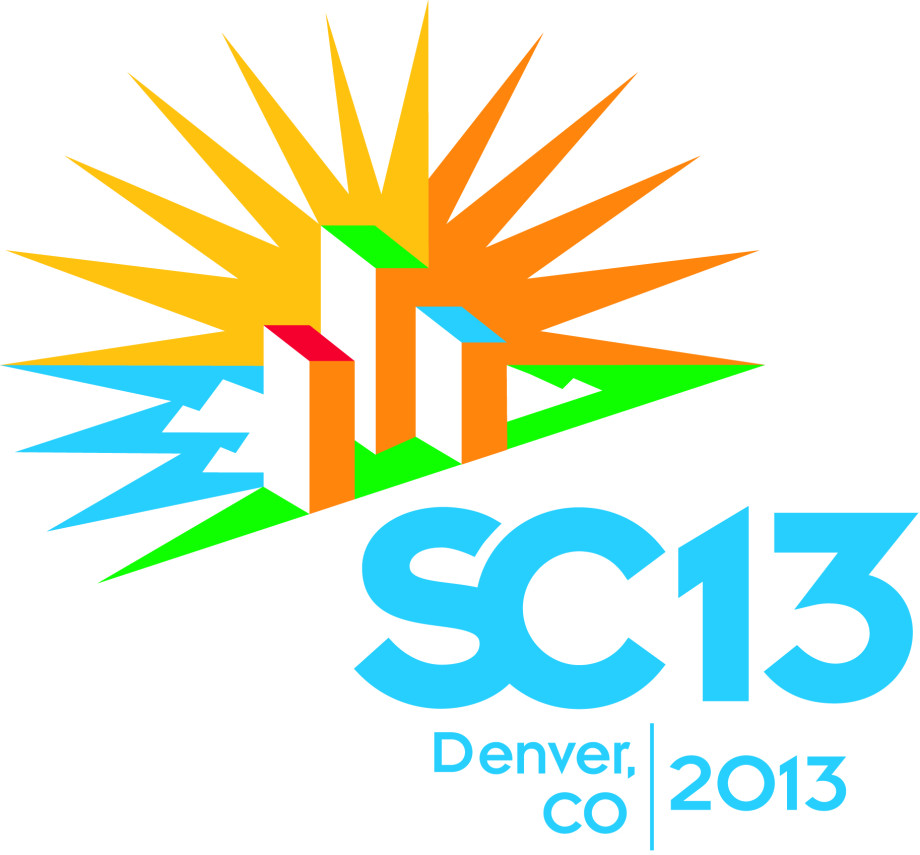Tap Into ESnet's Expertise in SC13 Tutorials
Bringing High Performance Networking to High Performance Computing: ESnet Staff to Share Expertise in SC13 Tutorials
DENVER, Colo.—As many scientific computing centers scramble to keep pace with the increasing number and size of data sets, it’s become critical to understand the emerging data transfer, sharing, management and mobility tools that can support this shift in HPC business operations.
At the SC13 conference to be held Nov. 17-22, networking experts from the Department of Energy’s ESnet will share their expertise and experience in two tutorials designed to help high performance computing center managers and IT staff simplify and accelerate data transfers on the network. Not only does ESnet operate the nation’s fastest network for scientific research at 100 gigabits per second, but ESnet staff also work with their counterparts at computing facilities to help them make the most effective use of their high-speed connections.
On Sunday, Nov. 17, ESnet engineer Eli Dart will join Raj Kettimuthu of Argonne National Laboratory, Vas Vasiliadis and Steve Tuecke of the University of Chicago, Shreyas Cholia of the National Energy Research Scientific Computing Center (NERSC), and Jason Alt, Senior Software Engineer at the National Center for Supercomputing Applications (NCSA), will lead a daylong session on “Globus Online and the Science DMZ as Scalable Research Data Management Infrastructure for HPC Facilities.” The tutorial brings together two powerful approaches for moving data faster and more easily:
- Globus Online is software-as-a-service for moving, syncing, and sharing large data sets.
- The Science DMZ model is a set of design patterns for network equipment, configuration and security policy for high-performance scientific infrastructure.
Increasingly, computing centers are deploying Globus Online deployed in a network environment built on the Science DMZ model, resulting in more user-friendly tools and an optimally configured infrastructure that increases productivity and reduces support costs. Tutorial participants will be introduced to Globus Online and the Science DMZ, and will learn how to deploy and manage these systems. The tutorial will also present two case studies from national supercomputing centers (NERSC and NCSA) to illustrate the challenges and solutions for delivering scalable research data management solutions.
On Monday, Nov. 18, a tutorial led by ESnet science engagement engineer Jason Zurawski will teach HPC management and IT staff the tools they need to build and actively monitor their local networks to support data-intensive science. “Ensuring Network Performance with perfSONAR” will provide presentation material and hands-on exercises in building and deploying:
- The Science DMZ model - a set of design patterns for network equipment, configuration and security policy for high-performance scientific infrastructure.
- The perfSONAR Performance Toolkit - a component based approach to network monitoring that federates with a widely deployed infrastructure on networks around the world to deliver end to end network measurements.
Tutorial participants will be introduced to the concept of the Science DMZ, performance expectations through the use of protocols such as TCP, and deployment and configuration strategies for the perfSONAR tools.
Registration for SC13 tutorials is separate from the conference Technical Program registration. A One-Day (Sunday or Monday) Passport or Two-Day (Sunday and Monday) Passport can be purchased and includes a set of all of the tutorial notes and lunch on the selected day(s).
Read SC '13 Proceedings.




